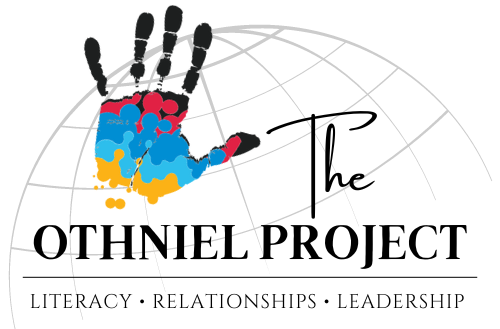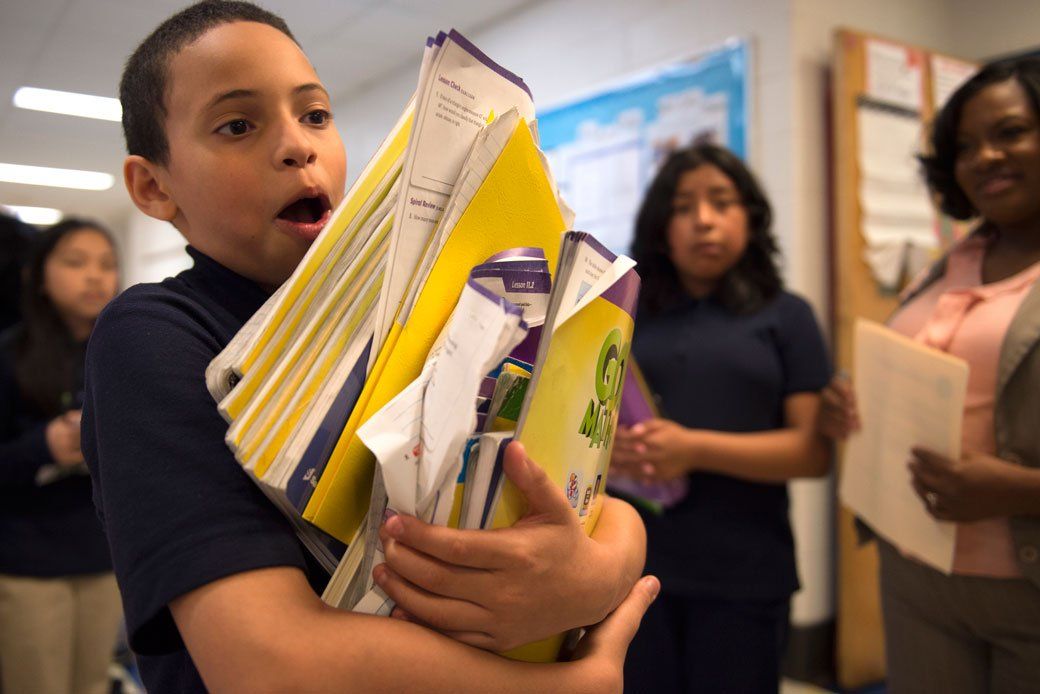iHEPS
A Christian Worldview
Integrating Home-School Elements into Public School
target 160,000 students reading below grade level in families in Baltimore City and Prince George’s County schools in the state of Maryland
Families
ABC Guide to Success Begins with the Basics
Download Free Teachable Parental Guides
OBJECTIVE
Integrating homeschool elements into public school (iHEPS)will constructively impact student achievement in low-performing schools around the world. Three years after the onset of the 2020 pandemic, many schools remain in low-performance status according to reading scores. The case for iHEPS centers on the key tenets of literacy, leadership, and families working in concert to increase reading scores in low-performing middle schools. Reading is revolutionary.
Method
The iHEPs study is a response intervention to the 2018 research study Relationships in a Low-performing Middle School. Future research was needed in the collaboration between schools and families. Time at home would be seen and used as an opportunity for families to engage with their children. Schools would be responsible for initiating outreach, and parents (i.e. families) responding with in-reach basic homeschool elements. Connecting home and school via iHEPs would involve Integrating reading and organization incorporating a faith-based perspective. It is believed that this may be one of least chartered territories in public education reform since the removal of prayer and Bible reading in the 1960s
Results
Results: When parents are intentionally linked with schools leading from home in areas of literacy, organization, and integrating faith principles overall, student performance increases. Students engaged in developmental reading as a part of their elective class menu gained reading scores in comparison to times without developmental reading.
Conclusions
The case for iHEPS adopts literacy and organization from a cultural perspective integrating the spiritual components with faith integration which may include a written journal via an app for texting and the developmental reading log. The data adds to the impact of family engagement in low-performing schools and the impact on reading scores.
The iHEPS program is proposed to target 160,000 students reading below grade level.
Families in Baltimore City and Prince George’s County schools in the state of Maryland. Governor Wes Moore released 2023-2024 budget which increased per-pupil funding by 32% for low-income students. Leaders and families partner to institute basic homeschool elements of reading to inspire through the discipline of literacy and organization.




